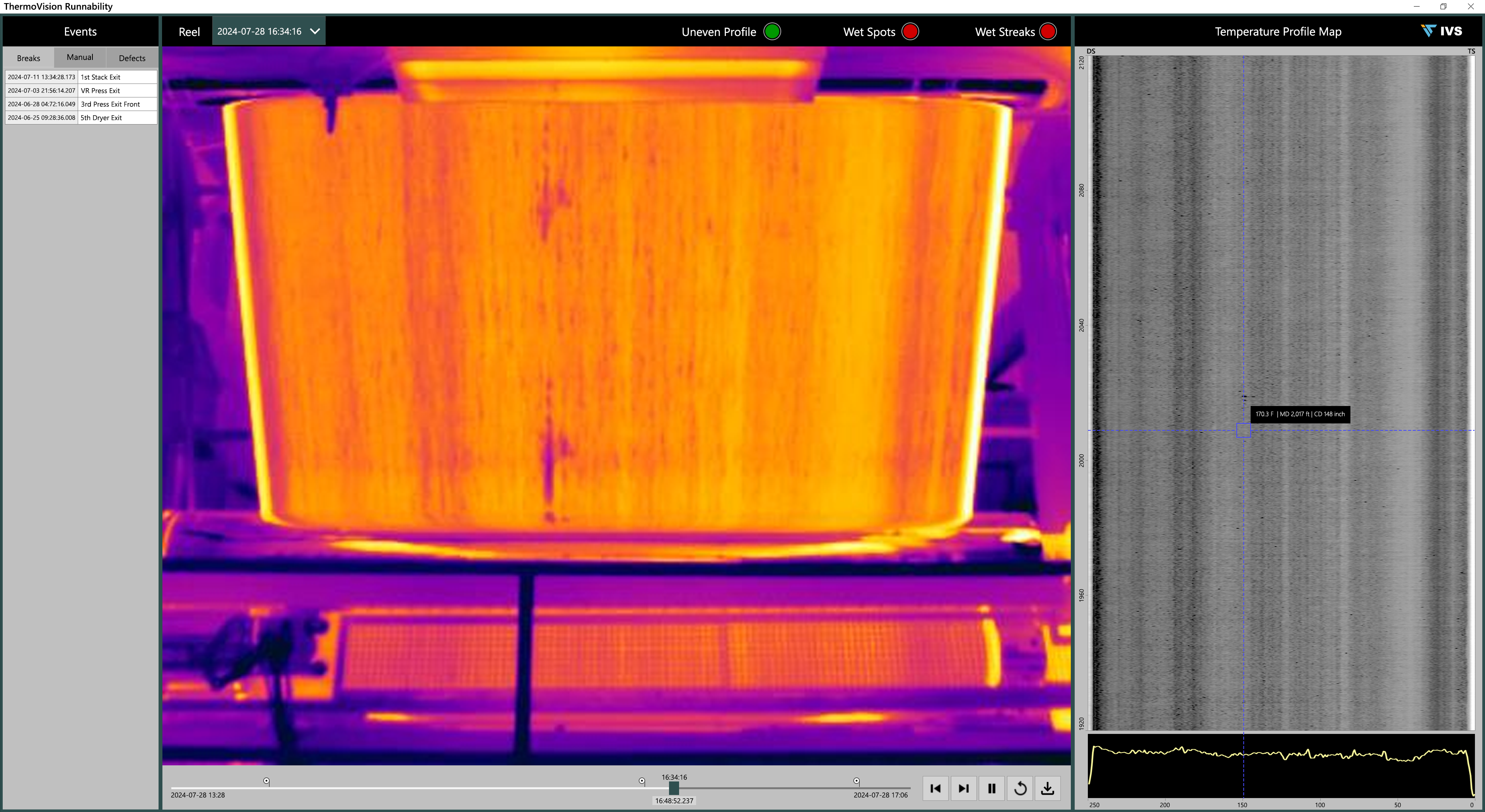Graphics processing units is being used to train deep learning algorithms, it is possible to predict when oil and gas equipment might fail and improve the efficiency and reliability of expensive drilling and refining operations.
By using graphics processing units to train deep learning algorithms, it is possible to predict when oil and gas equipment might fail and improve the efficiency and reliability of expensive drilling and refining operations. That means artificial intelligence (AI) techniques are becoming embedded in the software industry and moving into oil and gas.
Nvidia created the chips that have the power to train software on massive amounts of data, using the thousands of cores in its hardware to cull data amassed in multiple industries.
"Oil and gas companies are in the data business as much as they are in the hydrocarbon business," said Binu Mathew, global head of digital products at Baker Hughes, which is combining their software with Nvidia. "To stay ahead of the competition, they need to derive insights from the massive amounts of sensor, geolocation, weather, drilling and seismic data they generate."
The average offshore oil rig generates around 50 terabytes (TB) every year from sensors embedded in underground wells and machines to watch temperatures and pump pressure. It also stems from production measurements, equipment failures, and maintenance records. However, the data ends up left alone neither tagged nor analyzed.
Baker Hughes intends to use graphics processors to train deep learning algorithms on the reams of unstructured data from sensors and other sources.The oil and gas software giant will combine the deep learning models with physics algorithms that can model the operation of the oil platform. The hybrid software can then be used to predict the remaining life of equipment and how failures can affect systems.
Nvidia said Baker Hughes would use its graphics processors to train algorithms in data centers and workstation that it can haul to offshore platforms where bandwidth is limited and data is generated. Then the software can end up deployed to spot potential repairs or problems, environmental warnings, and more specific problems like corrosion.
Gregory Hale is the editor and founder of Industrial Safety and Security Source (ISSSource.com), a news and information Website covering safety and security issues in the manufacturing automation sector. This content originally appeared on ISSSource.com. ISSSource is a CFE Media content partner. Edited by Chris Vavra, production editor, CFE Media, [email protected].
ONLINE extra
See related stories from ISSSource linked below.



